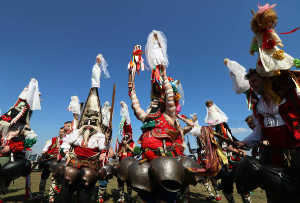
- la Vijanera: Cantabria’s Unique Winter Tradition
la Vijanera, celebrated in the small town of Silió, Cantabria, is one of Spain’s oldest and most distinctive winter festivals. Held on the first Sunday of the year, this vibrant and colorful event is a celebration of the New Year and marks the transition from winter to spring. With its deep-rooted pagan origins, the festival is a fascinating mix of ancient traditions, masks, and symbolic rituals, offering visitors a glimpse into Cantabria’s rich cultural heritage.
- Origins and History
The Fiesta de la Vijanera is believed to have pre-Roman, pagan roots. It was originally celebrated across various parts of northern Spain, particularly in regions like Cantabria, Asturias, and parts of the Basque Country. However, today, Silió is one of the last remaining villages to uphold this ancient tradition, keeping the spirit of the festival alive.
The festival’s origins lie in the desire to drive away evil spirits and ensure good fortune for the coming year. It is a celebration of nature, renewal, and fertility, with many of its rituals centered around the cycle of the seasons. Over time, the festival has evolved, blending old pagan customs with more modern interpretations, but its core essence remains intact.
-
The Characters and Masks
One of the most striking features of the Fiesta de la Vijanera is the array of elaborately dressed characters, each with a symbolic meaning. These characters, known as vijaneros, wear intricate masks and costumes made from animal skins, bells, and various natural materials. They parade through the streets of Silió, creating a lively and energetic atmosphere.
-
Some of the key figures in the festival include:
- Zarramacos: These characters are the most iconic of the festival, dressed in animal skins and adorned with large cowbells. They symbolize fertility and strength, and their role is to chase away evil spirits with the sound of their bells.
- Danzarines Blancos: Dressed in white with colorful ribbons, they represent purity and joy. Their graceful dances are a symbol of the arrival of spring and the renewal of life.
- La Preñá (The Pregnant Woman): A character who represents fertility and the promise of new life. Her presence in the parade highlights the connection between the festival and nature’s cycles.
- Oso (The Bear): Symbolizing wild nature and the untamed spirit of winter, the bear plays an important role in the festival, engaging in symbolic confrontations with the other characters, particularly the domadores (tamers).
-
The Rituals and Events
The Fiesta de la Vijanera begins early in the morning, with the vijaneros gathering in the town square. The festival kicks off with a series of parades and theatrical performances, in which the characters act out symbolic scenes representing the battle between good and evil, life and death, and winter and spring.
One of the most anticipated moments of the festival is the “capture of the bear”. This reenactment represents the taming of nature and the victory of civilization over the wild forces of winter. The bear is eventually captured and symbolically subdued, symbolizing the end of winter’s harsh grip and the promise of a fertile, prosperous new year.
Throughout the day, the streets of Silió are filled with music, dancing, and the clanging of bells. The vijaneros interact with the crowd, adding a playful, mischievous element to the festivities. As the day progresses, the atmosphere becomes increasingly festive, with food, drink, and traditional Cantabrian music enhancing the celebrations.
-
Symbolism and Meaning
The Fiesta de la Vijanera is deeply symbolic, representing themes of renewal, fertility, and the eternal struggle between light and darkness. The various characters and rituals are tied to ancient beliefs about the changing of the seasons and the natural world’s cycles. The use of masks, animal skins, and bells can be traced back to ancient rituals designed to protect communities from evil forces and ensure good fortune for the new year.
At its heart, the festival is a celebration of life and nature. The costumes, music, and performances are not just for entertainment—they serve as a reminder of the deep connection between humans and the natural world.
-
Conclusion
la Vijanera is more than just a festival; it’s a living tradition that connects modern-day Cantabria to its ancient past. With its vibrant costumes, lively parades, and symbolic rituals, the festival offers a unique insight into the region’s cultural heritage. For those looking to experience an authentic and deeply rooted celebration, the Vijanera in Silió is a must-see, offering an unforgettable start to the new year in Spain’s beautiful Cantabrian countryside.
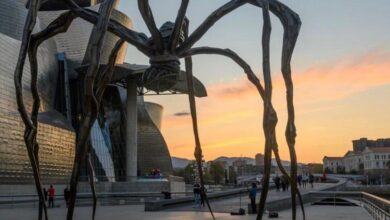
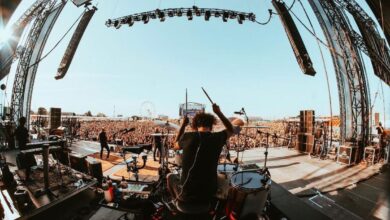
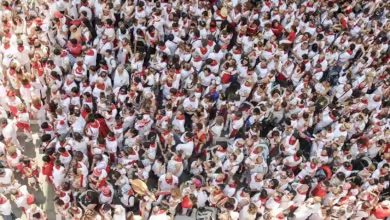


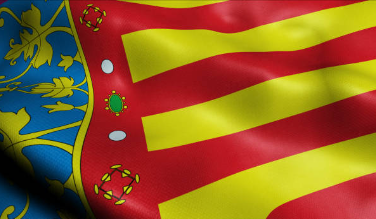
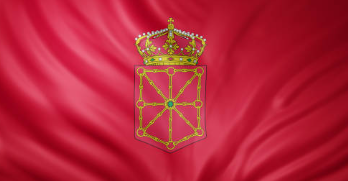
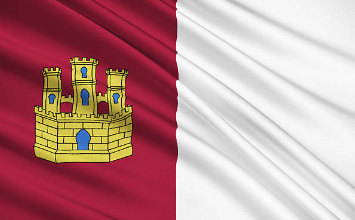
One Comment